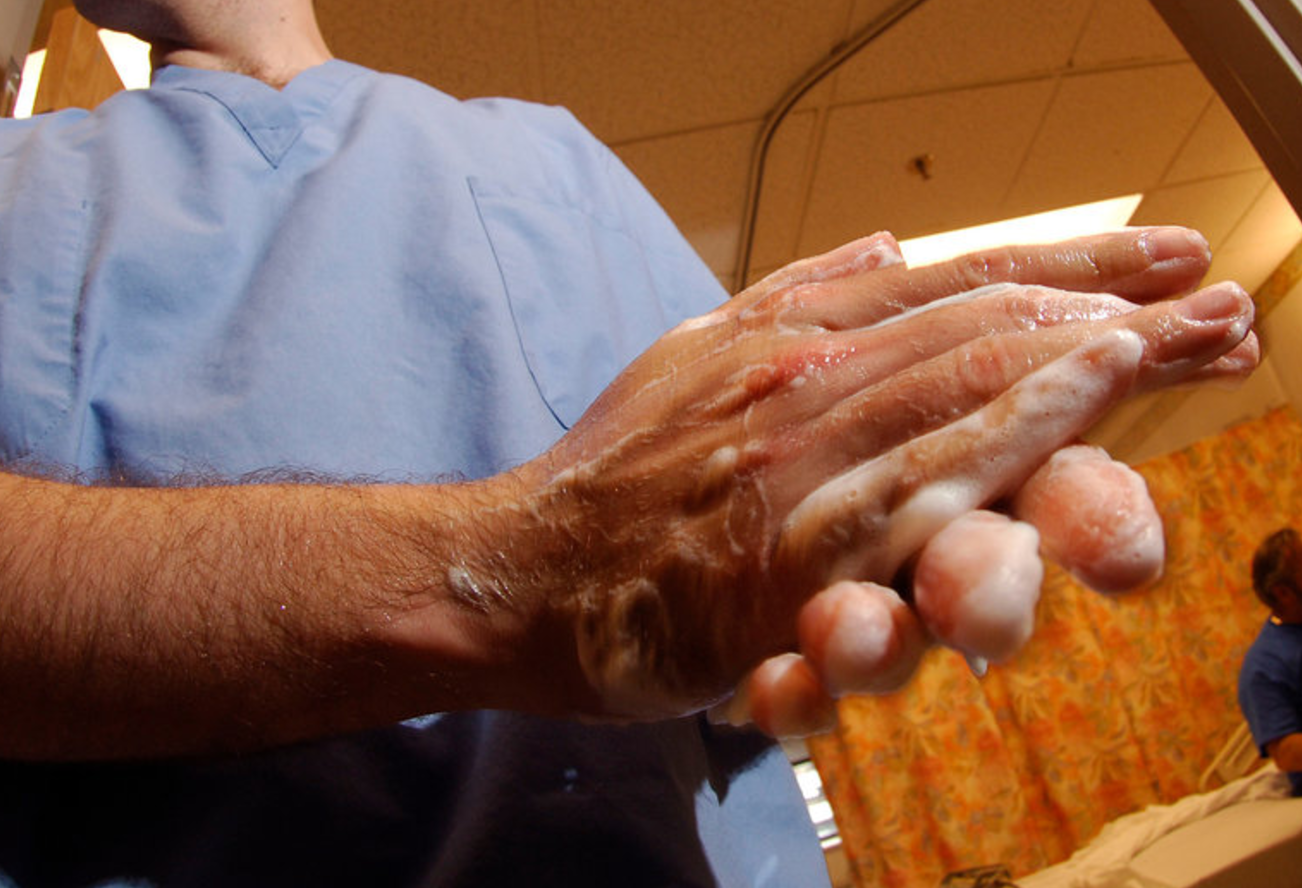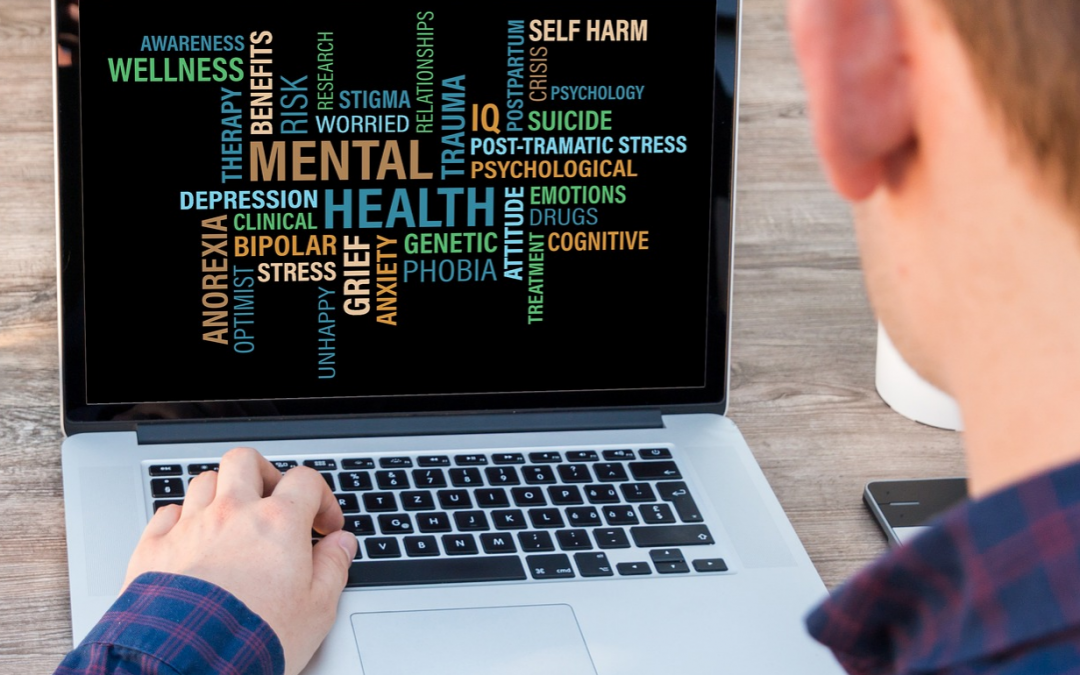Patients are told they need to take greater control over their care. But are laypeople capable of sifting through all their choices to make the right decisions—particularly when it comes to costs?
The Kaiser Family Foundation, a health-care research nonprofit, found deductibles for individual workers have soared in the past five years, rising 67% since 2010 without adjusting for inflation. That’s roughly seven times earnings growth over the same period.
A separate Kaiser analysis of tens of millions of insurance claims found that patient cost-sharing rose by 77% between 2004 and 2014, driven by a 256% jump in deductible payments.
A movement has been growing to give patients more information and choice.
Efforts are under way to improve price transparency and help patients navigate a confusing system where prices can vary based on a range of factors. In some cases, patients are consulted by caregivers as partners when deciding on care. And some programs are springing up that reimburse doctors based on the quality of care they provide rather than the quantity, making them more likely to encourage patients to monitor and help their conditions.
Devon M. Herrick, a health economist and senior fellow with the National Center for Policy Analysis, says consumers can take simple steps to save a lot of money. Amanda Frost, a senior researcher at the Health Care Cost Institute, says the system is too complex for patients to grapple with in most cases.
YES: There Are Simple Steps That Could Save a Lot of Money
By Devon M. Herrick
Conventional wisdom holds that it is impossible to compare prices for medical care as consumers do in other markets. But it’s not only possible, it’s easier than most of the naysayers realize.
For the critics, the argument comes down to one thing: There’s a lot of information out there, and it can be confusing for laypeople to sort out what kind of care is appropriate and how they can get the best deal on it.
But shopping for care and lowering costs don’t necessarily mean poring over websites to compare the benefits of medications and treatments, and then hunting for the best price that’s available for them. With just a small effort, anybody has the chance to drastically lower their health-care costs—without committing to undertake a daunting amount of research.
Here’s a look at some of the steps anyone can take, to show how easy the process of lowering costs can be.
Start with your doctor’s office. Physicians are very willing to discuss lower-cost treatment options with patients. Often, merely asking doctors questions about cost and financial concerns is enough to prompt the doctors to recommend less-expensive care or simply monitoring a condition to see if it gets better on its own.
Being smarter about prescription drugs represents another simple technique that can have a big impact on patients’ costs. And, again, it’s not a matter of comparing the efficacy of different treatments yourself—simply tell your doctor that the cost of medicine is a consideration.
The free drug samples doctors often hand out are for brand drugs, which typically come with high prices once you need a refill. Patients can start by asking their doctor if he or she can prescribe a less-expensive generic drug instead.
It’s also possible to compare prices for diagnostic services and lab work. Consider my wife’s experience in scheduling a CT scan. When she called a local hospital outpatient clinic, she was taken aback when told her share of the cost would be $2,700. I’m a former hospital accountant; hospitals charge higher prices than anywhere else. Avoid them if you can.
I used Google to check for CT scans using the billing code my wife’s doctor had ordered. In less than 10 minutes, I found a cash price for $403 that included the radiologist fee. Always ask about cash prices; they are often cheaper than your insurer’s negotiated price. (But remember: Paying cash for these kinds of procedures may not count toward your deductible.)
Critics argue that the public doesn’t seem to want to shop for health care. People want to get quality care and be confident about their choices, so they would rather make a choice based on personal recommendation, not price.
What’s more, these naysayers argue, patients lack a sufficient incentive to shop for care, because how much they save depends on how their benefit plans and deductibles are set up.
It’s certainly true that Americans want to know they are getting good care, and they are unlikely to switch doctors to save small amounts of money. If there were no consequences, of course they would choose convenience and peace of mind like they do in any other market.
But people are losing that luxury. The average employee deductible for self-coverage is soaring—to the point that many families are essentially paying all of their medical bills out of pocket. That means that people won’t be able to avoid the incentive to shop around for care.
As for the argument that many Americans can’t do simple shopping because they don’t have access to a lot of providers, they can still ask their doctor about less-expensive treatments for their condition. And they can still pay the cash price for their service out-of-pocket, which is often less than their health plan’s negotiated price. An hour’s drive to a neighboring town for an MRI or CT scan could save hundreds, maybe a thousand dollars or two.
Acting like a prudent health-care consumer is not that hard. And consumerism spurs providers to act more like competitors.
Dr. Herrick is a health economist and senior fellow with the National Center for Policy Analysis. Email him at reports@wsj.com.
NO: The System Is Too Complex for People to Make Useful Choices
By Amanda Frost
When it comes to making decisions about our health care, being a “smart shopper” takes more effort than most of us are willing to put in.
Advocates for price transparency would have us believe that we, as “consumers,” should consider our health care a product to be shopped for, like a pair of shoes. But mainly we are “patients,” with varied, often time-sensitive health-care needs. There is an important distinction between presenting the information—and choices—to patients and asking consumers to make complicated decisions about their health care based on that information.
The health-care system is complex: Less than 15% of Americans can correctly answer questions about basic components of traditional health insurance. Choosing health-care services and providers may be even more complicated, especially for the half of all American adults that have at least one chronic condition.
More important, the public seems to not want to shop for health care. In studies, fewer than 5% of respondents used health-care shopping tools when available. This lack of use has persisted over time, even as tools have improved.
When it comes to their health care, people generally don’t want more choices; rather, they want to know that they are getting good care and to feel confident in their range of choices. Most Americans prefer to choose their providers based on recommendations from their friends or their family, rather than on price.
People also lack a sufficient incentive to engage in price shopping. A single, well-informed and motivated consumer who needs an expensive elective procedure may be able to spend time researching and save money by shopping for the lowest price possible, but this scenario is the exception rather than the norm.
Available evidence is not cause for optimism about how much money can be saved with more choices and publicly available prices. While large health-care payers may save some money from consumer shopping, the average person will likely see little, if any, savings.
And what savings are possible will largely be determined by insurance-benefit design. No consumers could shop their way to a lower copayment, or out of making a deductible payment. Factor in the associated opportunity costs, and the average American won’t save money.
Finally, many Americans don’t live in places with lots of providers and health-care choices. Transparency efforts centered on consumer shopping rest on the assumption that people have multiple options to choose from.
Some say people can avoid complexity entirely and take simple steps to save a lot of money—such as asking a doctor for generic drugs and paying cash for procedures, which can carry a lower price.
But health-care prices are much more complex than those scenarios make them appear. Prices vary by procedure, provider, facility and negotiated insurance rate.
As for asking a doctor how to save on costs, we cannot expect doctors to be experts on everything. No health-care provider could memorize the price of every service or drug, nor do most have access to a tool that provides this information. For most patients, their insurance determines their costs, and providers don’t generally have access to all of the necessary information about a patient’s insurance to give the advice people need about costs.
Even the seemingly simple switch from a brand prescription to a generic version might be complex. Some drugs don’t have generic versions, some generics are as expensive as the brand versions, and some may not be covered—or be well-covered—by a specific insurance plan.
The estimated price and quality of a health-care service or provider should be available to anyone who wants it. But we should not expect people to make complex decisions about their health care using those abstract measures.
Smart shopping might work for some people. But for the vast majority of consumers, it isn’t even a choice.
Dr. Frost is a senior researcher at the Health Care Cost Institute. Email her at reports@wsj.com.


















Recent Comments